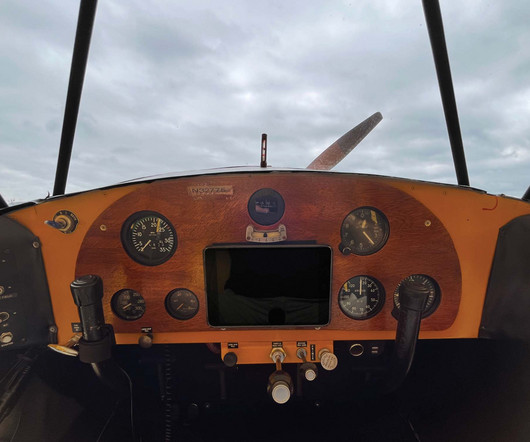Flying a Small Plane: Key Insights for Beginners
Pilot's Life Blog
JANUARY 12, 2025
Primary Flight Controls The primary controls of a small plane are the yoke, rudder pedals, and throttle. Rudder pedals help manage yaw, which keeps the aircraft aligned during turns or crosswinds. It requires managing descent rates, aligning with the runway, and controlling speed for a smooth touchdown.





























Let's personalize your content